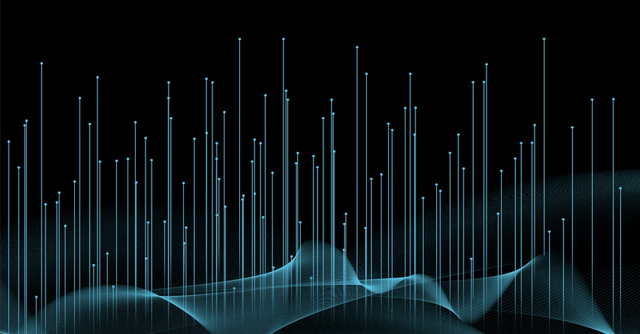
IISER team discovers new technique for quantum communication


Scientists at the Indian Institute of Science Education and Research (IISER), Thiruvananthapuram have made a new discovery in quantum theory. It pertains to the application of quantum contextuality in the field of quantum communication. Quantum communication is the method of transmitting information using quantum systems (like photons), instead of electric signals; it is considered safer as compared to classical communication.
The research was conducted in collaboration with an international team consisting of scientists from S. N. Bose National Centre for Basic Sciences, Kolkata, Anhui University, China, and Universidad de Sevilla, Spain
The microscopic world of atoms and subatomic particles is best explained by quantum theory. One of the tenets of quantum theory is quantum contextuality, a phenomenon according to which the physical properties of quantum particles do not exist until they are measured. The team claims that despite being an important concept in quantum theory, there has been no reported direct application of contextuality.

So far, it was thought that quantum communication happens only by quantum entanglement. Famously termed as ‘spooky action at a distance’ by Albert Einstein, quantum entanglement is a property of quantum particles like photons remaining linked and interacting with each other regardless of the distance between them.
“We have shown that a large class of communication tasks that cannot be achieved using classical communication can be accomplished using quantum contextuality, rather than quantum entanglement,” said Debashis Saha, assistant professor, department of Physics, IISER Thiruvananthapuram.
Saha said that it is a theoretical study that uses graph theory techniques to show that quantum contextuality in various communication protocols. He further anticipates that the research will help in developing quantum computers and communications in the future. The technique would find application in quantum cryptography, quantum teleportation, distributed quantum computation, and secure quantum communication.

